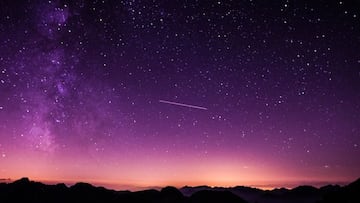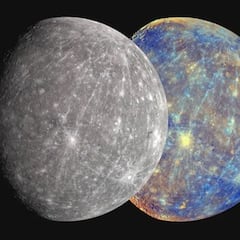Geminids 2023: dates, times, how to see and when the December meteor shower will take place
The Geminids are known for being one of the most reliable and active meteor showers, occurs annually every December with hundreds in the night sky.


Like every December, this year the Geminids phenomenon is back. It is one of the most relevant events in astronomy along with the Quadrantids, the Perseids and the Leonids.
This year’s shower will bring us more than 120 meteors per hour, making it one of the most active showers of the year. Furthermore, this year they will be able to be observed without problem, since skies will be clear and the new moon or new moon will not obscure them.
“The forecast looks very favorable, and that is everything,” Bart Fried, executive vice president of the Amateur Astronomers Association in New York, told ABC News.
They are visible from the entire northern hemisphere between 4 and 17 December. However, the best time to see the show is on the nights of 13 and 14 December. They will be visible from the evening until a peak at 2 a.m.
What to look out for
Geminid meteors are often bright and can leave persistent trails, making them a popular and impressive meteor shower for observers. The meteors can be yellow, green, blue, or red, and some particularly bright ones are called fireballs.
Not even a telescope is needed.
What is the origin of the Geminids?
The Geminids were first observed in 1862, but their origin was initially unclear. Unlike most meteor showers associated with comets, the Geminids didn’t seem to have a known comet linked to their source.
Related stories
The mystery behind the Geminids began to unravel in 1983 when the Infrared Astronomical Satellite (IRAS) discovered an asteroid named 3200 Phaethon. This discovery suggested a unique origin for the Geminids. Unlike other meteor showers associated with icy comets, the Geminids are linked to an asteroid.
It’s believed that 3200 Phaethon is the parent body that sheds particles, creating the meteor shower as Earth passes through its debris trail.

